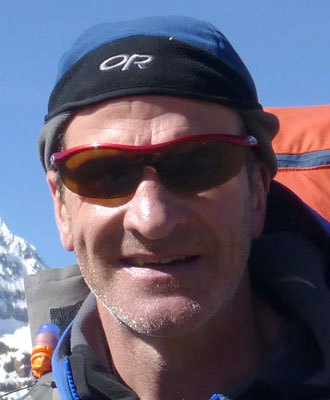To attend, please RSVP to epp@cseg.ca.
Unless we have exceeded the allowable number of people for the auditorium, we will not be replying to your email.
LunchBox Geophysics is free! Simply bring your own lunch (refreshments provided) and enjoy.
Abstract
Whenever seismic data are capable of generating a high-fidelity image of the presence and distribution of porosity within a reservoir, it is desirable to try to use these data quantitatively in the Reservoir Modeling process. This is readily done via the use of geostatistical algorithms such as Gaussian Simulation, which are able to use the seismic as a 3D Trend in the population of reservoir properties. This talk outlines the workflow that was used to implement this idea in the case of the Jambi Merang gas field of southern Sumatra.
Jambi Merang produces from organic carbonate reef build-up which was deposited as part of a barrier reef complex early in the Miocene. Porosity is relatively well-developed in the localized build-up facies and much less well developed in the underlying platform carbonate. Dissolution by meteoric fluids has tended to enhance porosity, which increases systematically towards the top of the build-up. New 3D seismic data were recently acquired over the field, and are interpreted to be quite responsive to internal porosity variability, and therefore suitable for use in the reservoir modelling process. Three contrasting approaches were adopted. Initially, porosity was modelled using the available well log data only. Secondly, a simple 2D amplitude map was used as a secondary trend. Lastly, the seismic data were inverted for Acoustic Impedance (AI), which were then used in a full 3D sense after appropriate depth conversion and resampling. The different porosity distributions that resulted from these approaches were then compared, both qualitatively in terms of overall reservoir character and quantitatively in terms of differing GIIP results. In the Jambi Merang case, the use of the full 3D seismic AI data in the reservoir modelling process is felt to be of significant benefit, not just for the purpose of Volumetrics calculations, but also for the ongoing management of the reservoir throughout the producing life of the field.
Biography
Robin Owens is a Senior Geophysicist in the Exploration and Production Technology Group at Talisman Energy. He has nearly 20 years’ experience, having started his career with Amerada Hess in London and later Houston, Texas. He immigrated to Canada in 2001 and has been working on a multitude of International projects with Talisman ever since. His particular interests center around seismic constraints on the reservoir modelling process. Outside of work, Robin likes climbing mountains in the Rockies, Peru and Nepal.





